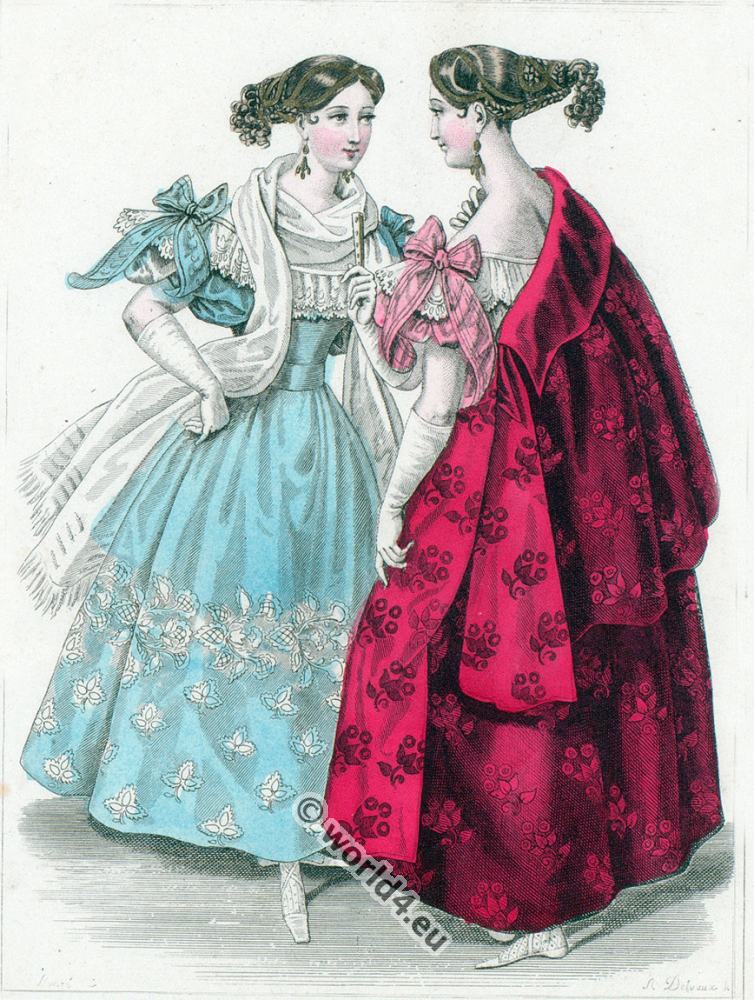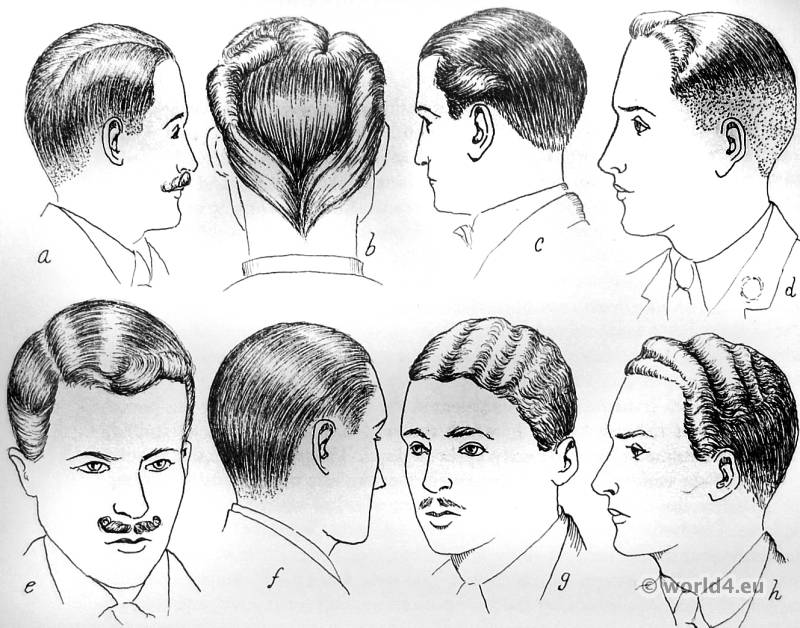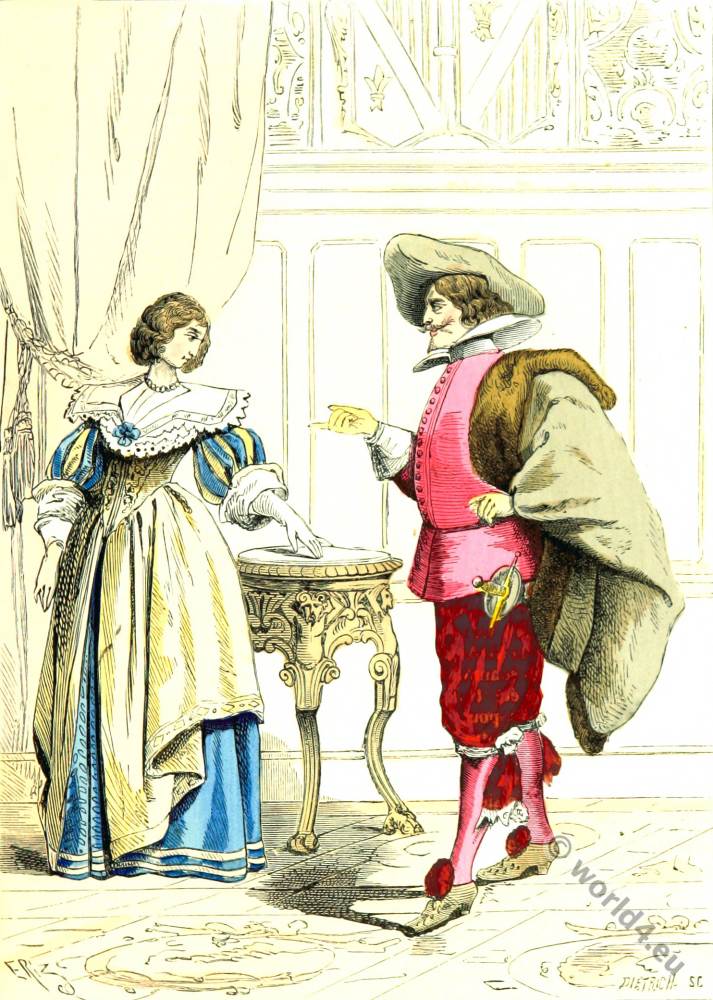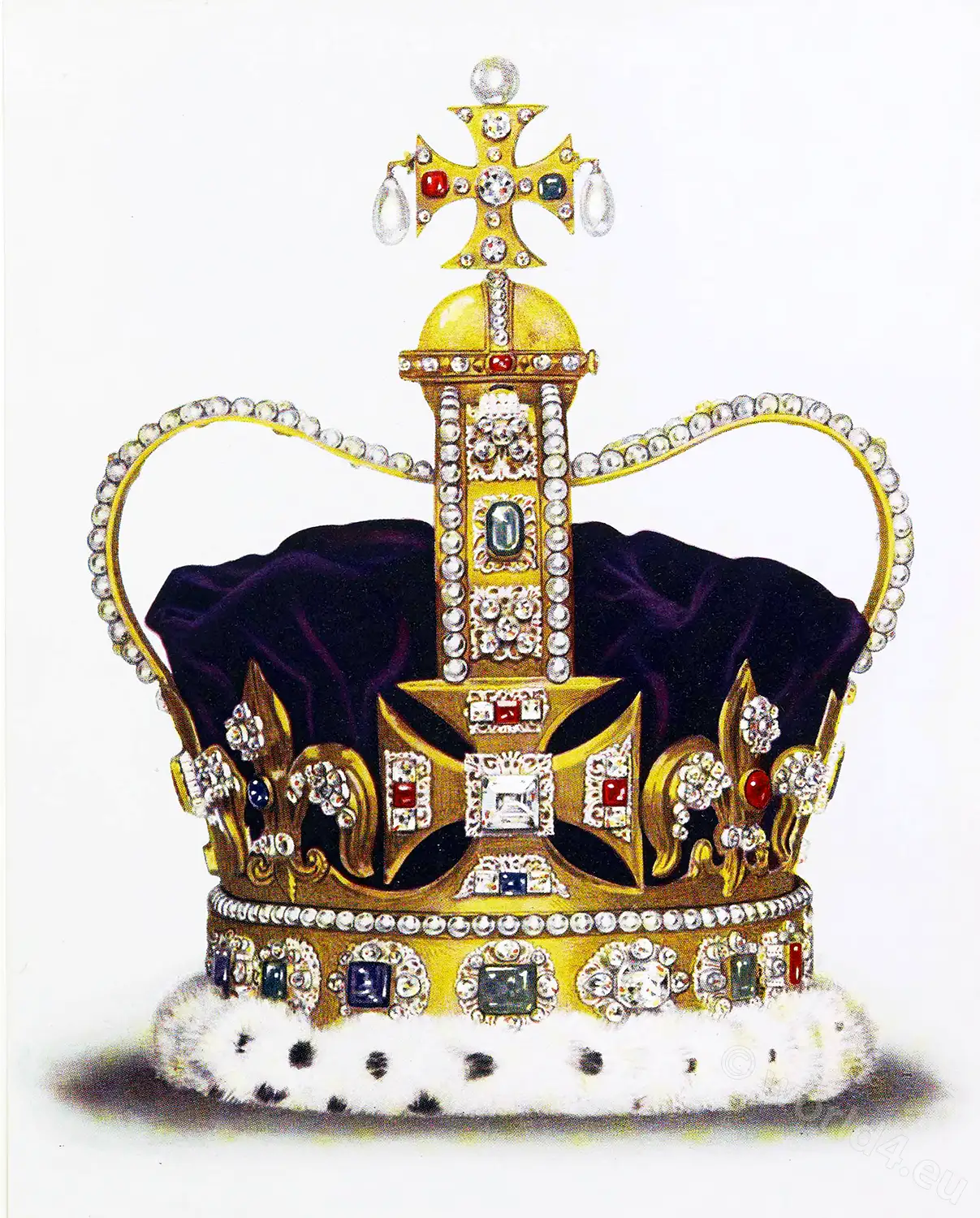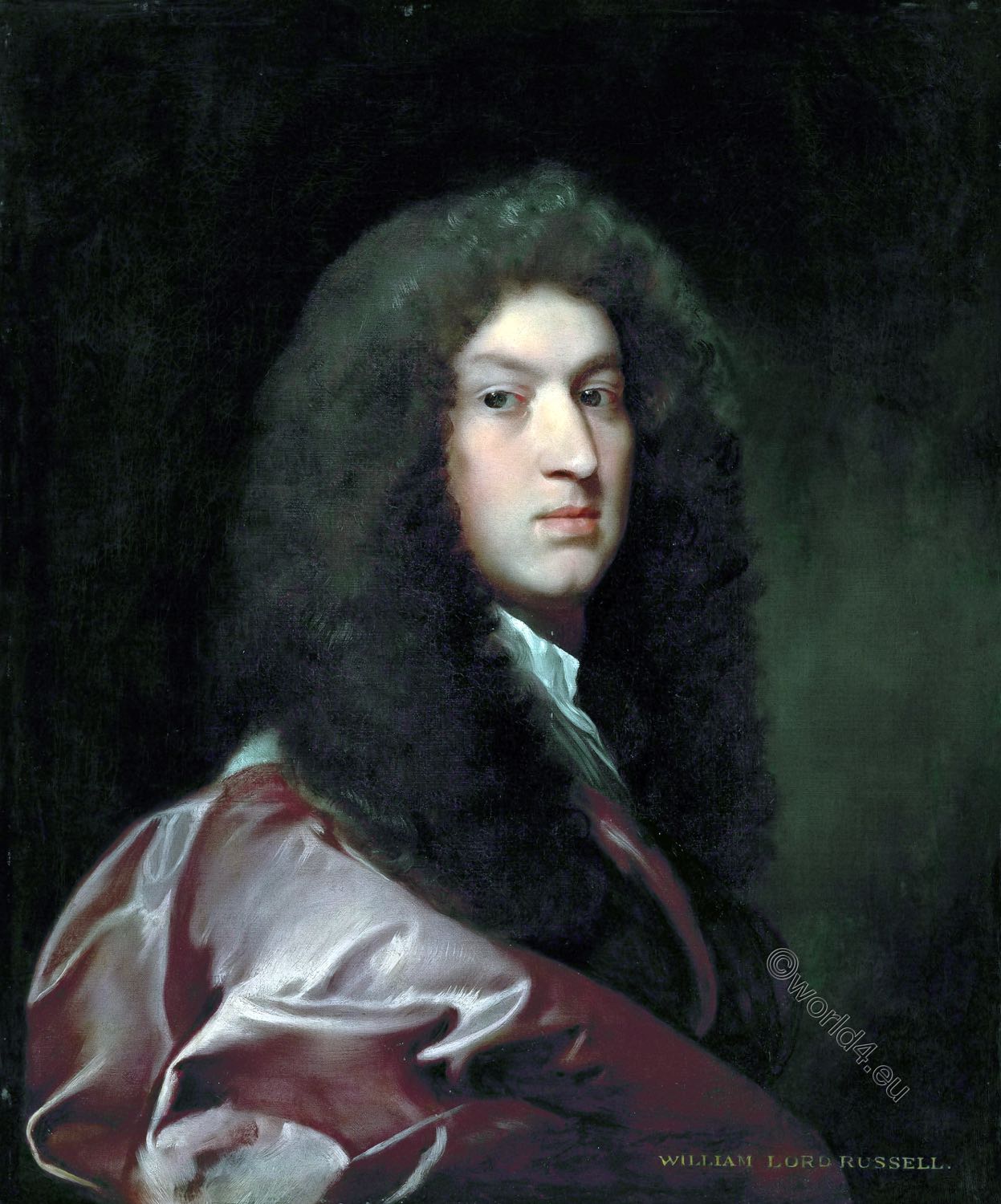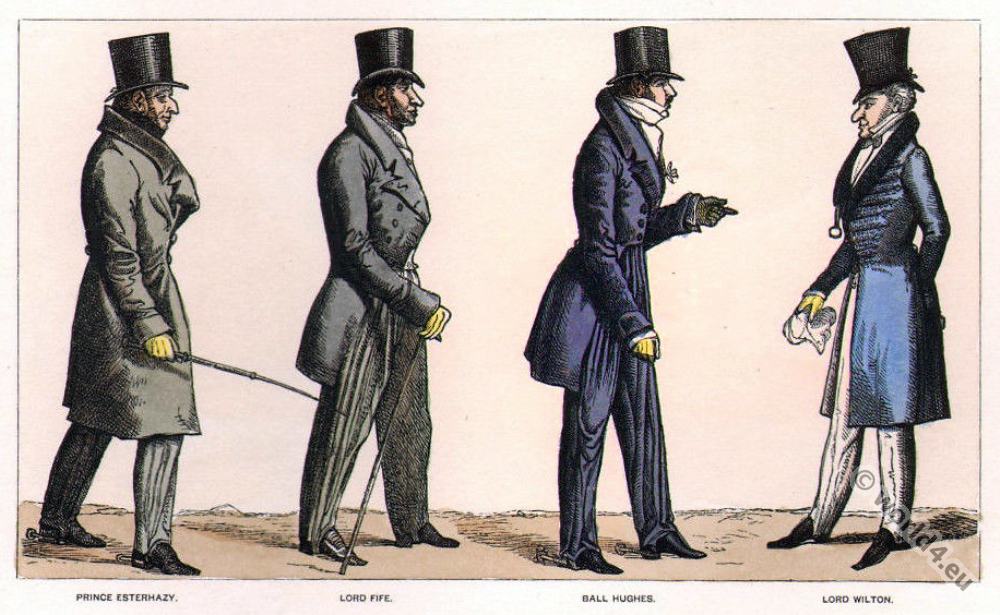Manfred and Astarte
THE spirit of Astarte, Manfred's lost love, appears to him. He addresses her.
Astarte! my beloved ! speak to me!
* * * * * * * * * * * * * * * * *
Speak to me! though it be in wrath;- but say.
I reck not what-but let me hear thee once-
This once-once more!"
Astarte. "Manfred!"
Manfred. "Say on! say on!
I live but in the sound-it is thy voice!"
Astarte. "Manfred! to-morrow ends thine earthly ills.
Farewell!"
Lord Byron’s “Manfred.” K. Liska, Artist
Source: Character sketches of romance, fiction and the drama by Rev. Ebenezer Cobham Brewer, 1892. A revised American edition of the readers handbook. Edited by Marion Harland.
Manfred is the title of a dramatic poem in three acts by George Gordon Lord Byron from 1817. It is one of the most important works not only Byron’s, but the whole romance. The work was written from 1816 to 1817 and is clearly inspired by Byron’s stay in Switzerland in 1816, during which he made numerous hiking in the Alps. Byron’s work was written in the tradition of the Gothic Novel. Together with the novel Frankenstein by Mary Shelley, it is one of the most important works of weird fiction in English Romanticism or The Black Romance.
The work was handled by various musicians. Robert Schumann set to music in 1848 under the name Manfred – dramatic poem with music, Op. 115. Friedrich Nietzsche in 1872 created a Meditation for Piano and Louis Lacombe composed a symphony about Byron’s dramatic piece. By Peter Ilyich Tchaikovsky comes a Manfred Symphony. This symphonic poem in four scenes from 1886 is one of the most famous reception of Byron’s work.
Byron’s work influenced poets such as Edgar Allan Poe and had a decisive with his visually stunning portrayal on film influence.
Related
Discover more from World4 Costume Culture History
Subscribe to get the latest posts sent to your email.


